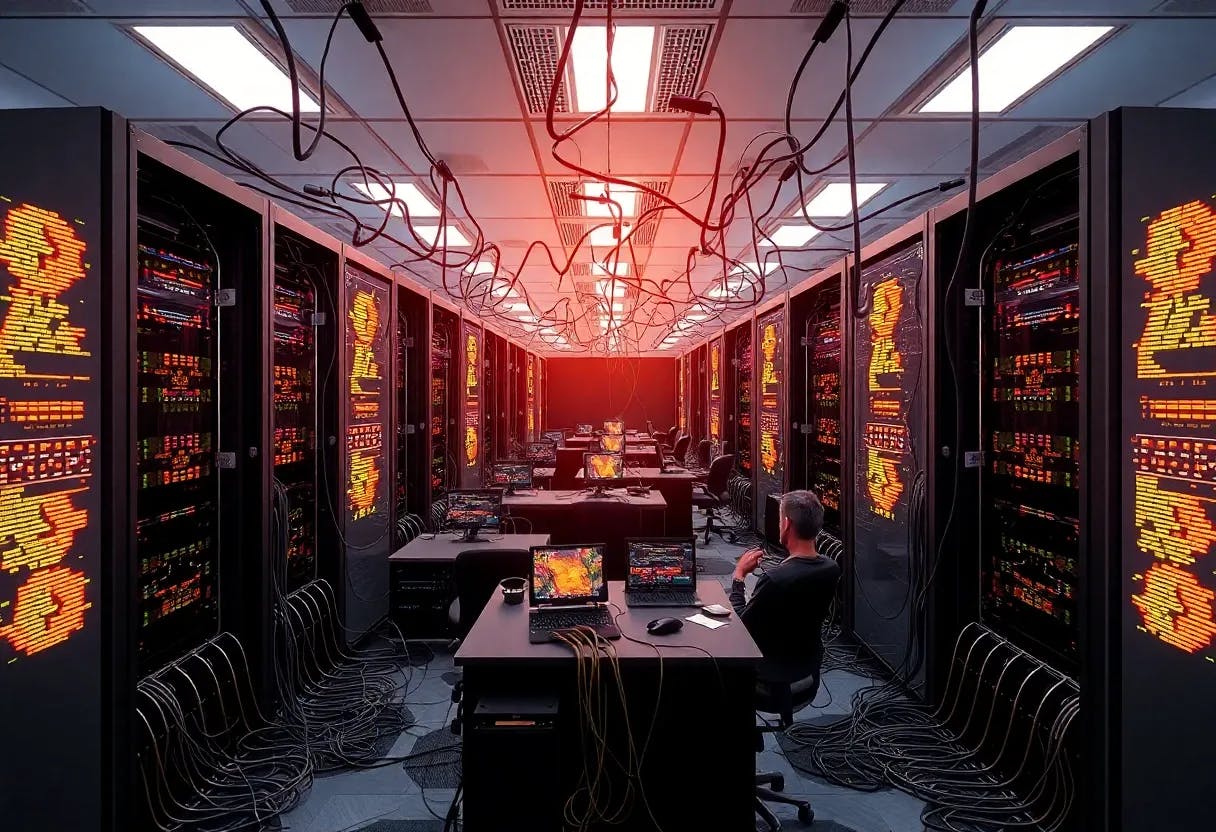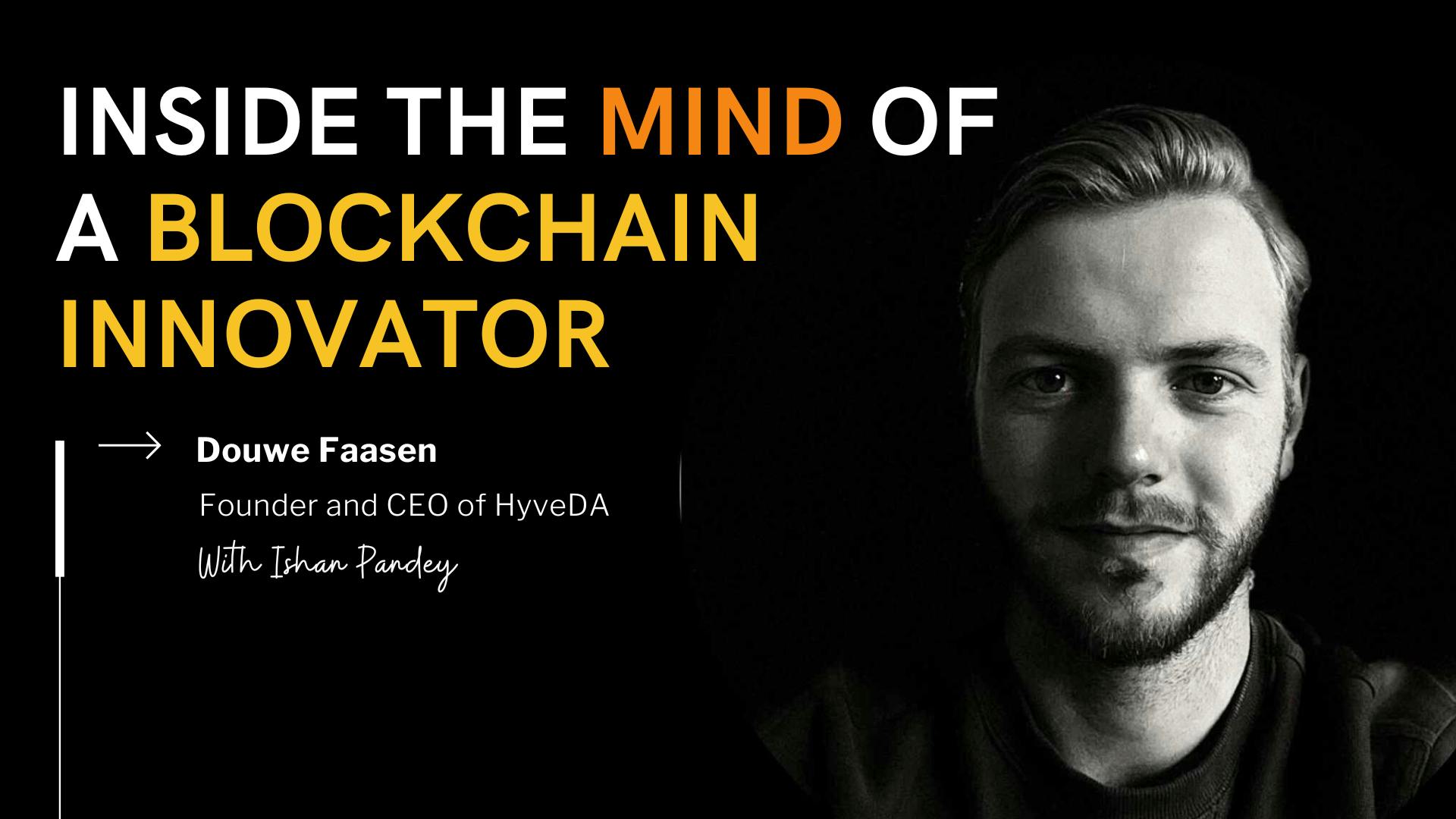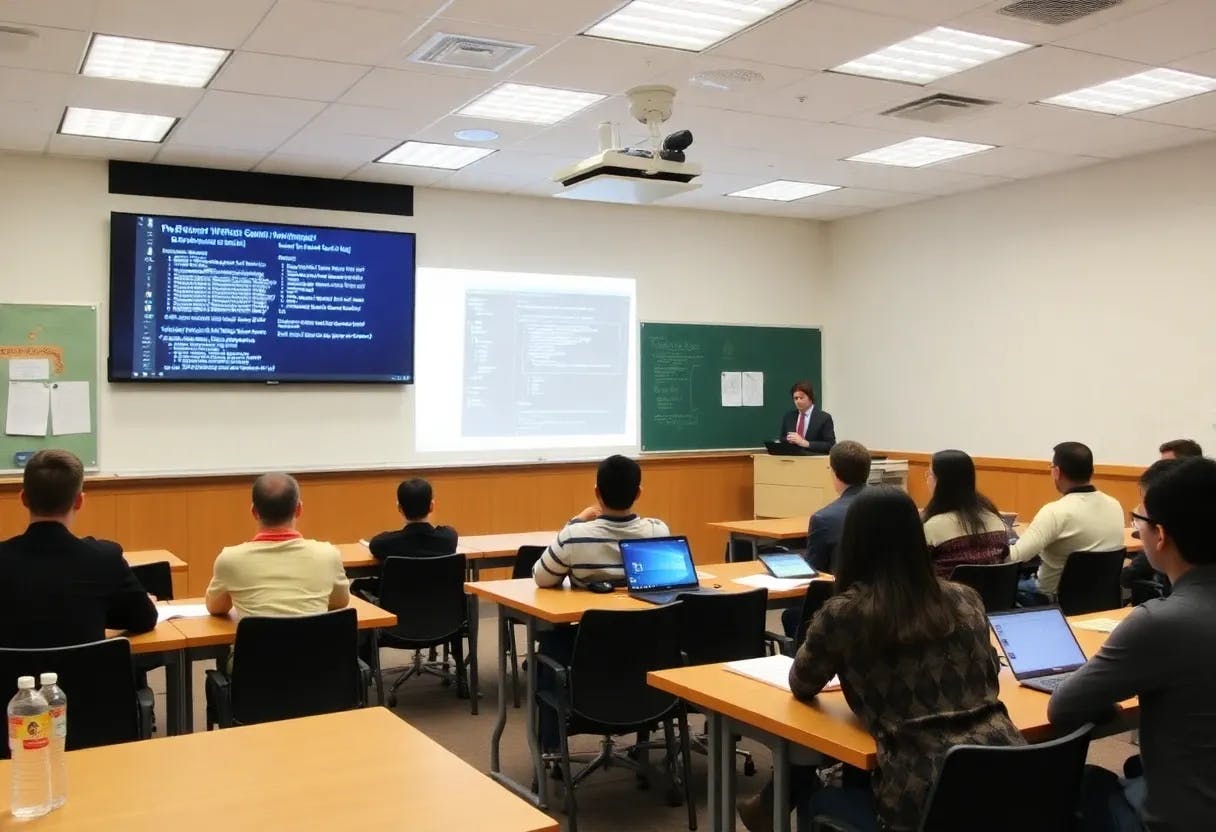I’ve been thinking deeply about a comment on my recent piece that touched on something fundamental about Bitcoin’s nature. The reader spoke of a “code red button” i.e. the community’s ability to hard fork if needed. This idea has been rolling around in my mind, revealing layers of meaning about what true decentralization really means.
When we talk about Bitcoin, we often get caught up in price movements and market dynamics. But there’s a more profound story unfolding, one of individual sovereignty and collective power. It’s a story that begins with a single Bitcoin node, running quietly on someone’s desktop computer, verifying transactions independently of any central authority.
El Salvador President Bukele’s vision of installing Bitcoin nodes in every Salvadoran home isn’t just policy, it’s poetry. Imagine that same vision expanded across our planet, billions of individuals, each running their own node, each participating directly in the consensus that governs our shared financial future. This isn’t just a technical specification, it’s pure genius in how we think about money and power.
Running a full node transforms you from a mere user into a guardian of the network. Each node is a voice, a vote, a declaration of independence from traditional financial gatekeepers. When you run a node, you’re not just supporting the network, you’re practically becoming part of its governance structure. Your node verifies every transaction, enforces every rule, standing as an equal among millions in the great democratic experiment that is Bitcoin.
But let’s take this vision further. Solo mining, often dismissed as impractical in today’s landscape of massive mining pools, represents another layer of individual sovereignty. Yes, the chances of mining a block alone are slim, but that’s not really the point. Every solo miner adds another thread to the fabric of decentralization, making the network more resilient, more distributed, more resistant to control by any single entity.
Recent events continue to highlight this tension between individual mining efforts and pooled resources. In January 2025, a small-scale miner using a modest $400 FutureBit machine managed to mine a block worth roughly $330,000. While this operation wasn’t purely solo since it received additional hashrate support.
The story captivated the Bitcoin community because it demonstrated that meaningful participation in mining isn’t exclusive to industrial-scale operations. These moments, rare as they may be, remind us that Bitcoin’s architecture still leaves room for individual participants to make their mark. They serve as powerful symbols of the network’s accessibility, even as the technical realities of mining grow more demanding.
The comment about the community’s ability to fork away from excessive concentration of power reveals something beautiful about Bitcoin’s architecture. Unlike traditional financial systems, where power flows from top to bottom, Bitcoin’s power flows from its participants. If any entity, whether government, corporation, or individual accumulates too much influence, the community holds the ultimate veto power. We still have a choice and can choose a different path.
This isn’t just theoretical. It’s the practical embodiment of financial democracy. The code that runs Bitcoin isn’t just software, it’s a social contract. And like any contract, its power comes from the willing participation of its members. Every node operator, every solo miner, every engaged community member is a signatory to this contract.
The traditional financial system maintains its power through centralization. The nodes of the current financial system i.e. banks, clearinghouses, regulatory bodies are controlled by a select few. But Bitcoin shows us another way. In this new system, anyone can be a node operator. Anyone can be a miner. Anyone can participate in governance.
President Bukele understood something crucial, the true financial sovereignty requires active participation. When every home runs a node, when every citizen can verify their own transactions, when the power to validate and verify is distributed among millions, that’s when we achieve true financial democracy.
The future of Bitcoin isn’t written in the corridors of power or the boardrooms of corporations. It’s written in the homes of ordinary people who choose to run nodes, in the decisions of individuals who opt for solo mining despite the odds, in the collective will of a community that understands its power to choose its own path.
In the end, Bitcoin asks us to imagine something celestial, a world where financial power isn’t concentrated but distributed, where sovereignty isn’t granted but claimed, where freedom isn’t permitted but inherent. Every node we run, every block we mine solo, every informed decision we make about the network’s future, these are acts of claiming that sovereignty.
The oligarchs of the old system might own all the nodes in their network, but in Bitcoin, we are all nodes. We are all validators. We are all guardians. And if necessary, we all have the power to choose a different path. This is the true power of Bitcoin, not just its technology, but its ability to empower each of us to participate in shaping our financial future.
This is our network. This is our future. And it begins with a single node, running in a single home, verifying a single transaction. From these small acts of sovereignty, we build something we inherently own, true financial freedom for all.







